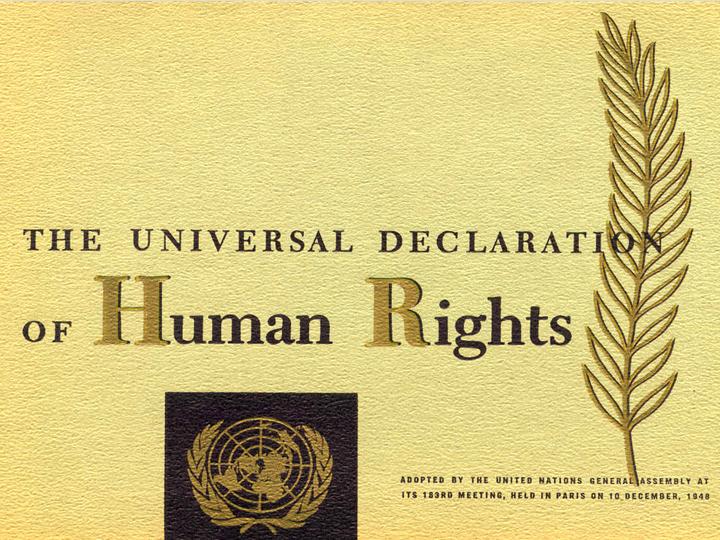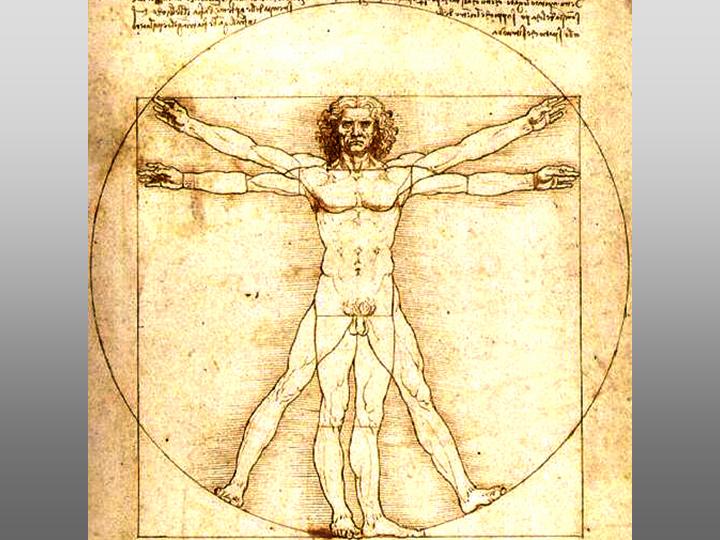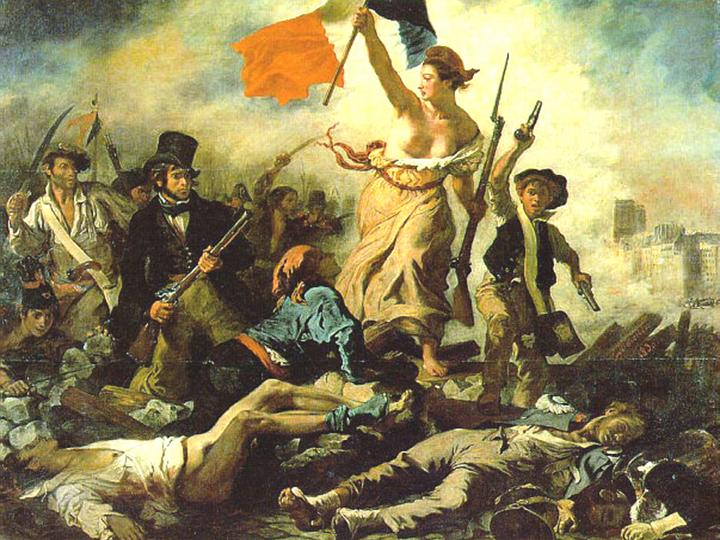Home
 10 Pillars 10 Pillars  Map Map  Tree Tree
 Rationale Rationale
 Forum Forum
 About About
 Terms Terms
 Contact Contact
|
Search
top academic & professional resources |
||||||||||||||||||||||||||||||||||||||||
 History |
Loading
|
||||||||||||||||||||||||||||||||||||||||
|
|||||||||||||||||||||||||||||||||||||||||
 ©
©
 Philosophy of
History
Philosophy of
History2. Civilizations
 ...
...3. Time
 ...
...4. Place
 ...
...5. Ethnicity
 ...
...6. Interest
 ...
...Post your proposed structure!

Those who cannot remember the past are condemned to repeat it.
(George Santayana, The Life of Reason, vol. 1, chapter 12, p. 284)

World history is the study of history from a global perspective. It refers to facts significant to all humans across civilizations.
Time-based histories are defined by a time frame. Historical periodization is debatable since it depends on philosophical and ideological positions, as well as scientific considerations. Among the main periods are prehistory (study of the past before written documentation), ancient history (approximately 3000 BCE–500 CE, middle ages (Europe, 4th–15th century), early modern history (Europe, 16th–18th century), modern history (Europe, 18th–20th century), and contemporary history (1945 to present).
Place-based histories are defined by geographical locations, i.e., continents, countries, regions, and cities.
Ethnicity-based histories are based on ethnic divisions, for example, Kurdish history (the history of the Kurdish people), African-American history (the history of the African-American (or Black American) ethnic group in the United States).
Interest-based histories are defined by fields and subjects. There are hundreds of fields of interest-based histories, for example, history of art, history of education, history of medicine. Usually, interest-based histories are sub-fields of the relevant fields.
(C. Zins, 2011)
Reflections
| 中 文 English Français Deutsch עברית 日 本語 नेपाली Polski Português Română русский Српски Español More.... |
a must for your library
Chaim Zins, Knowledge Mapping Research, 26 Hahaganah St. Jerusalem, 97852 tel: 972-2-5816705 chaim.zins@gmail.com









